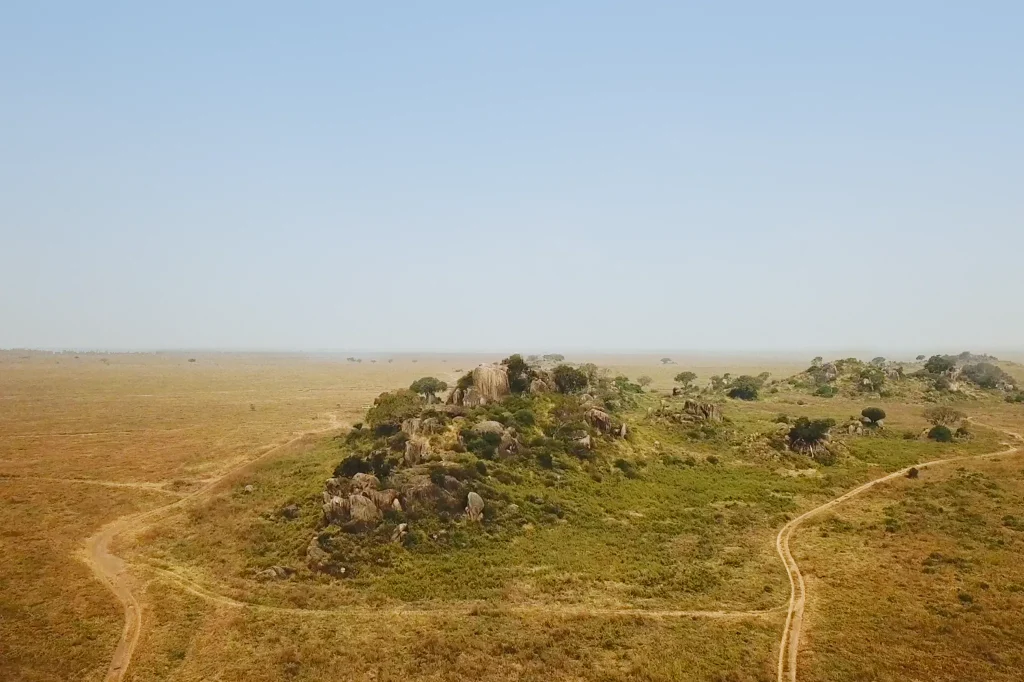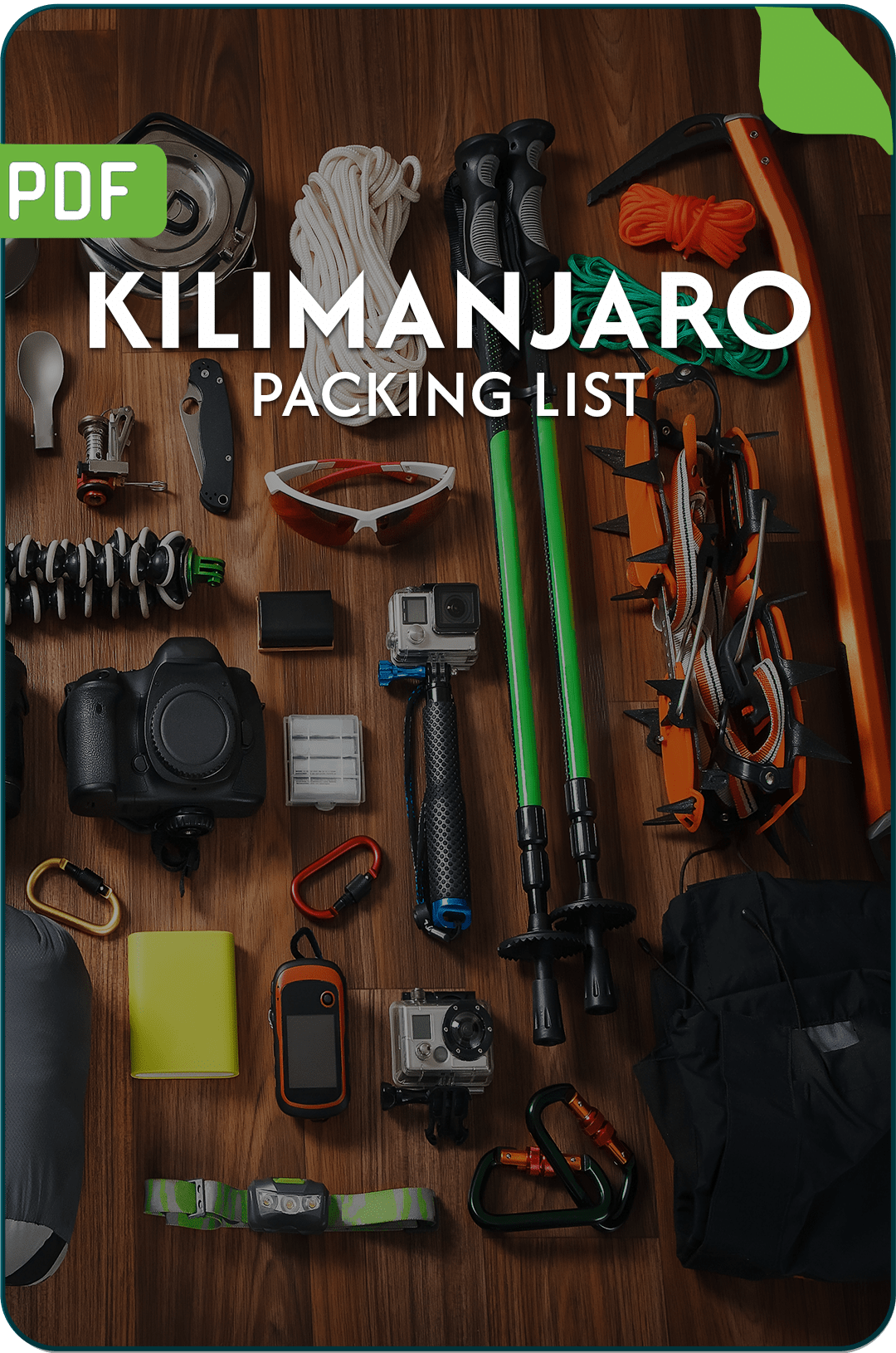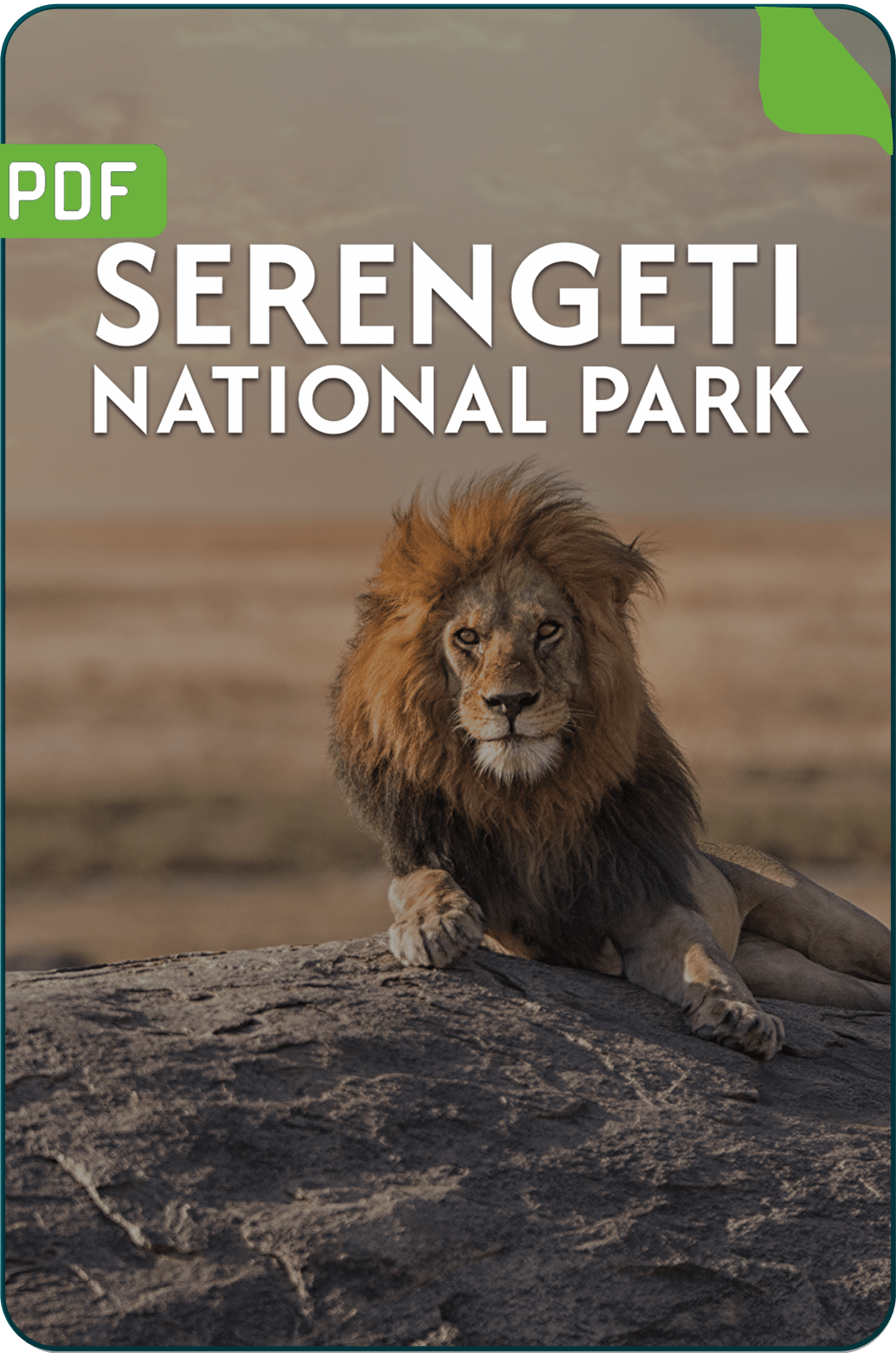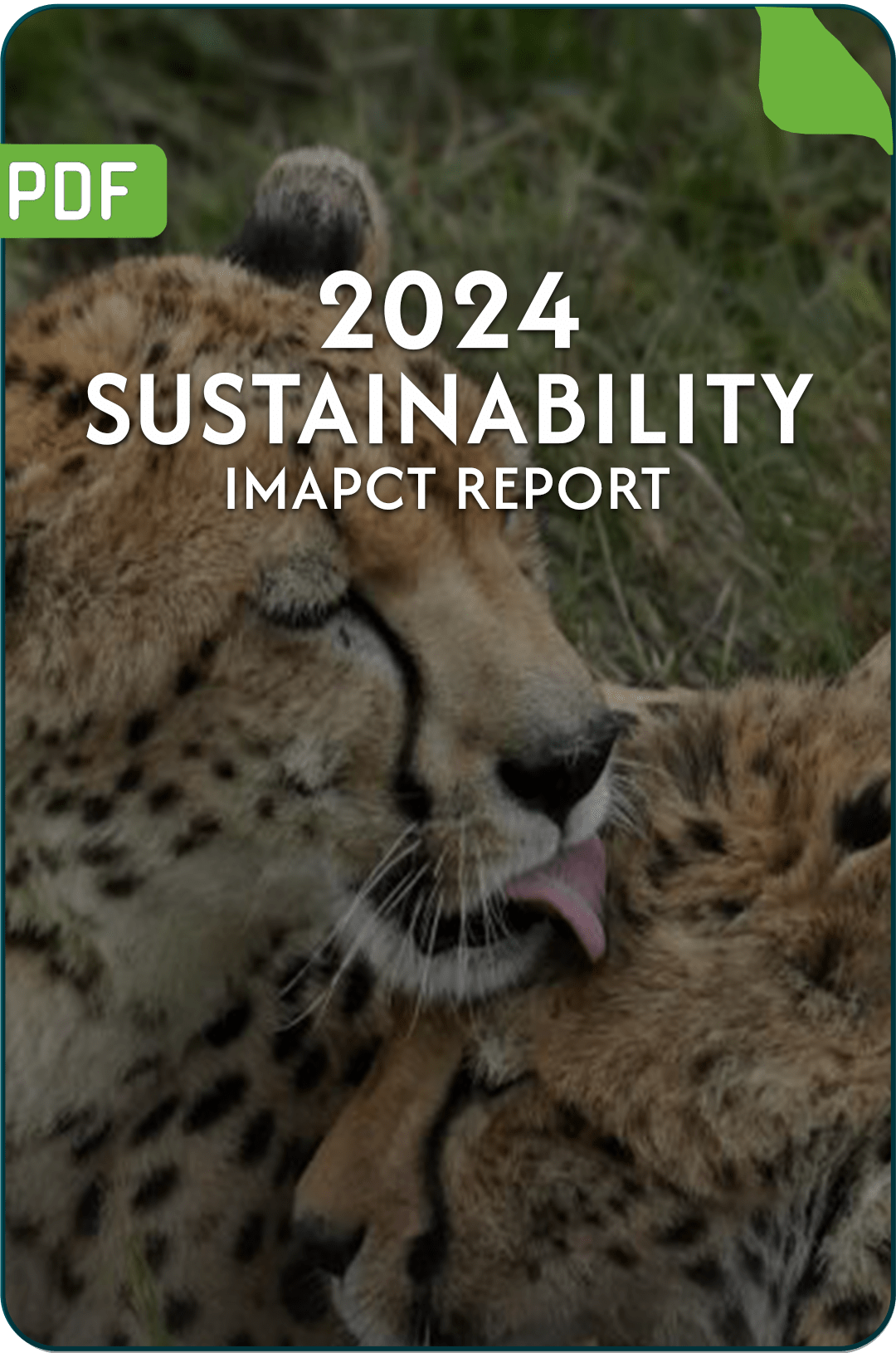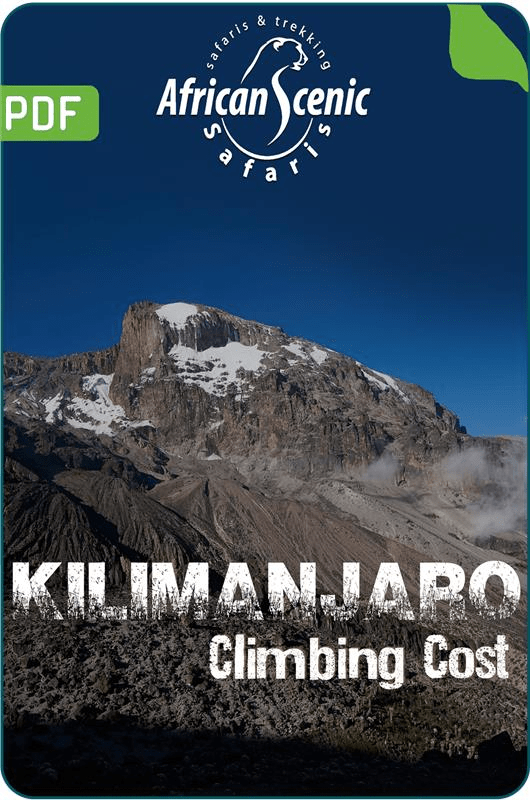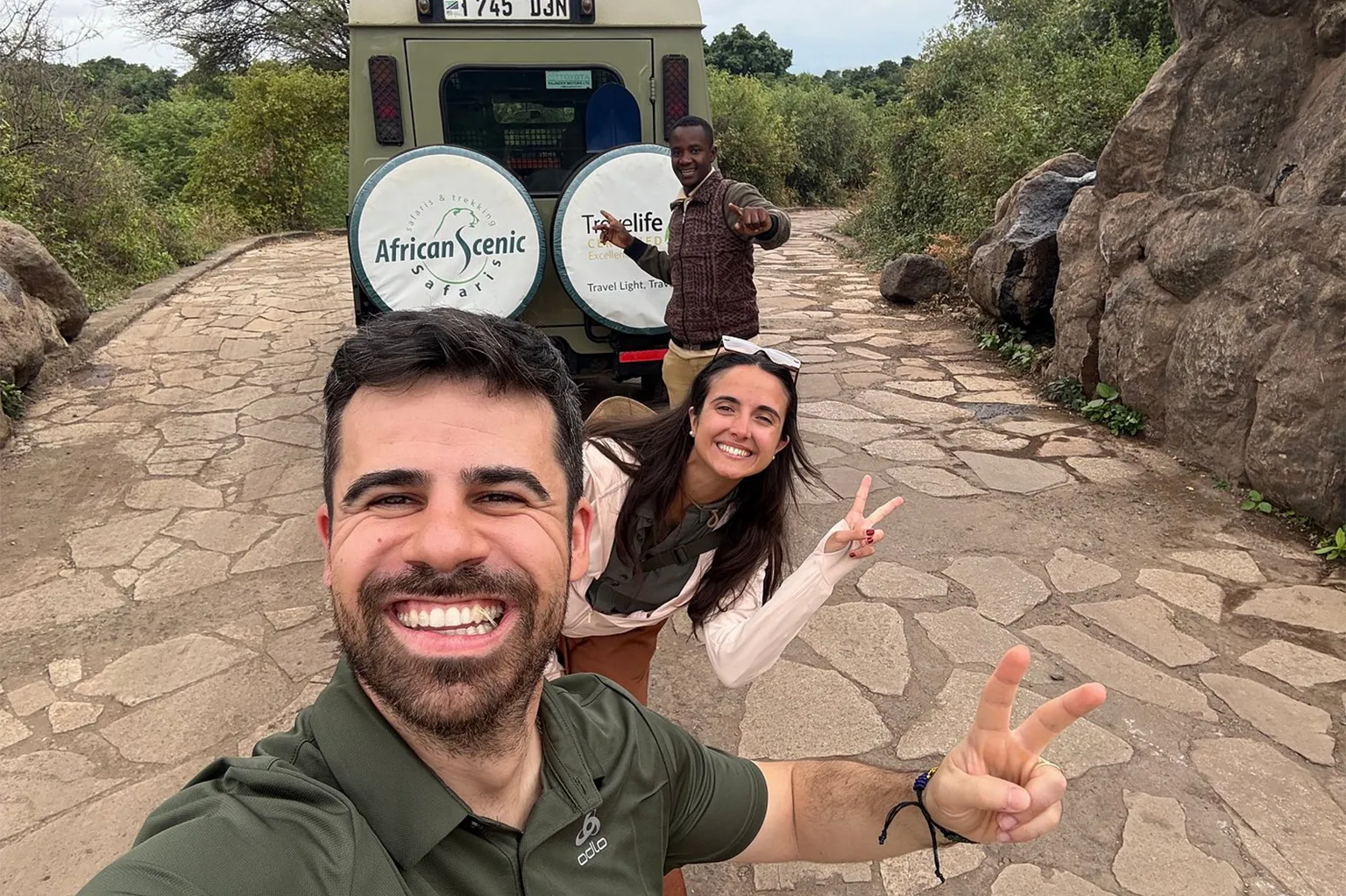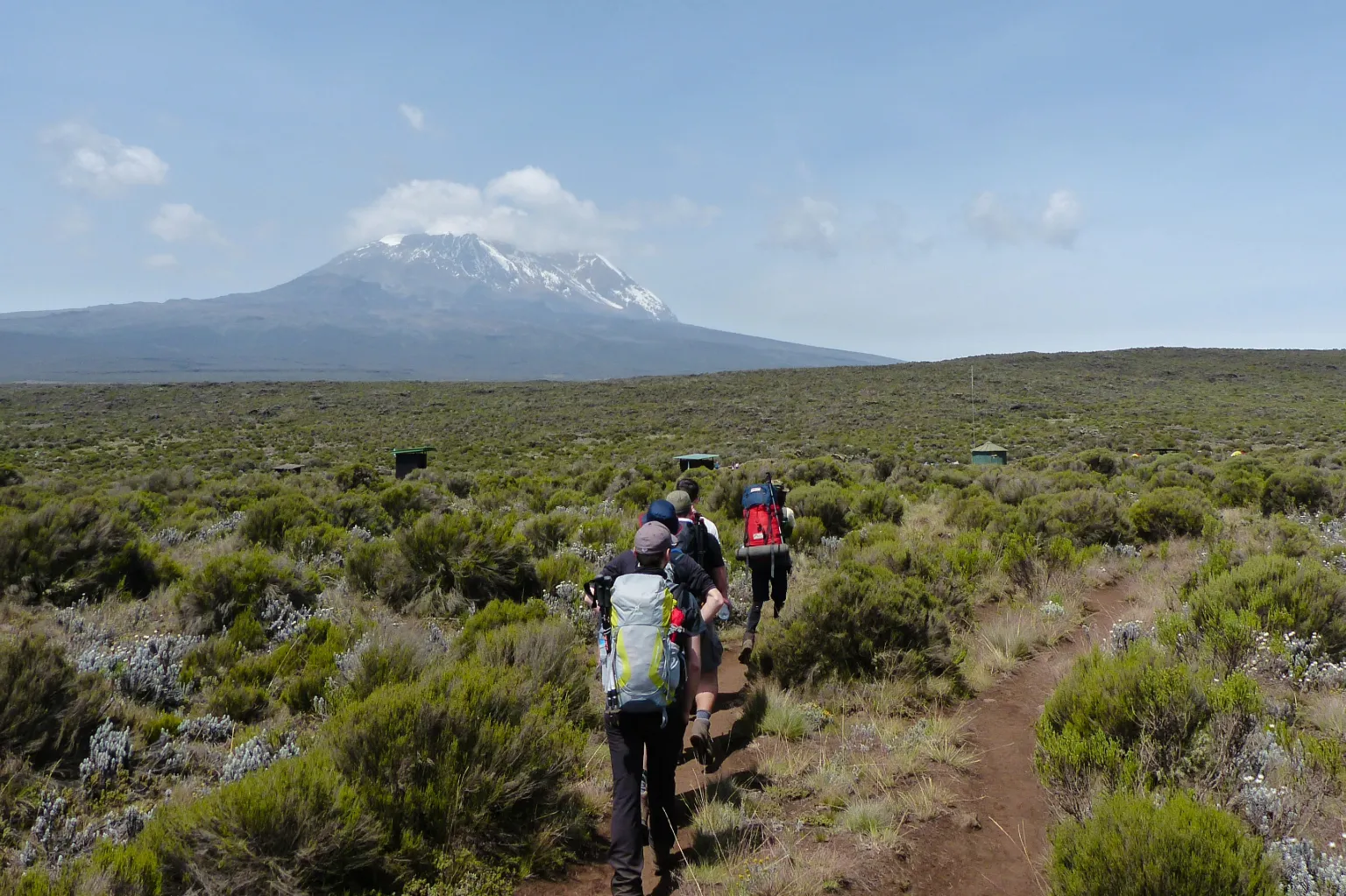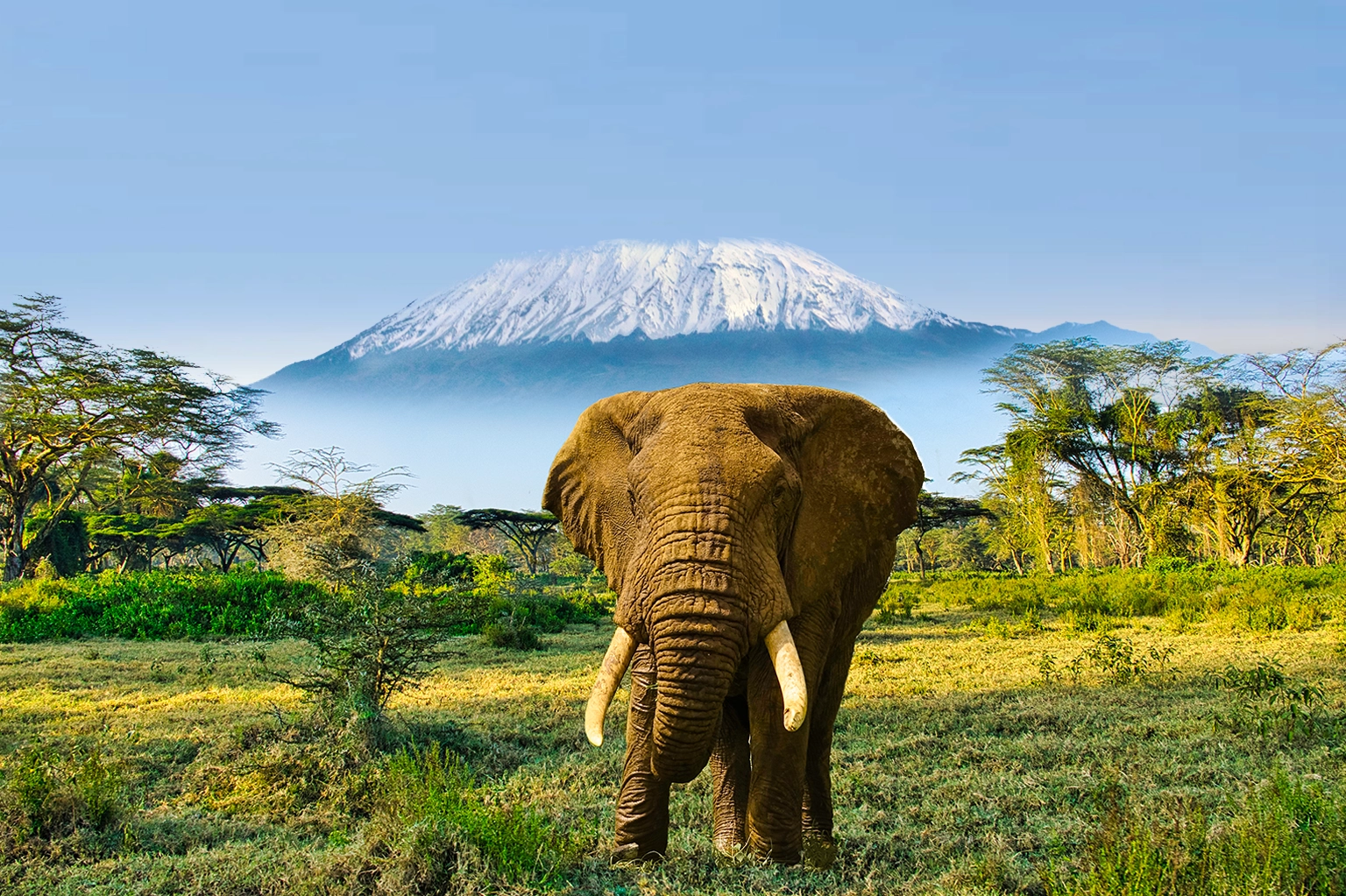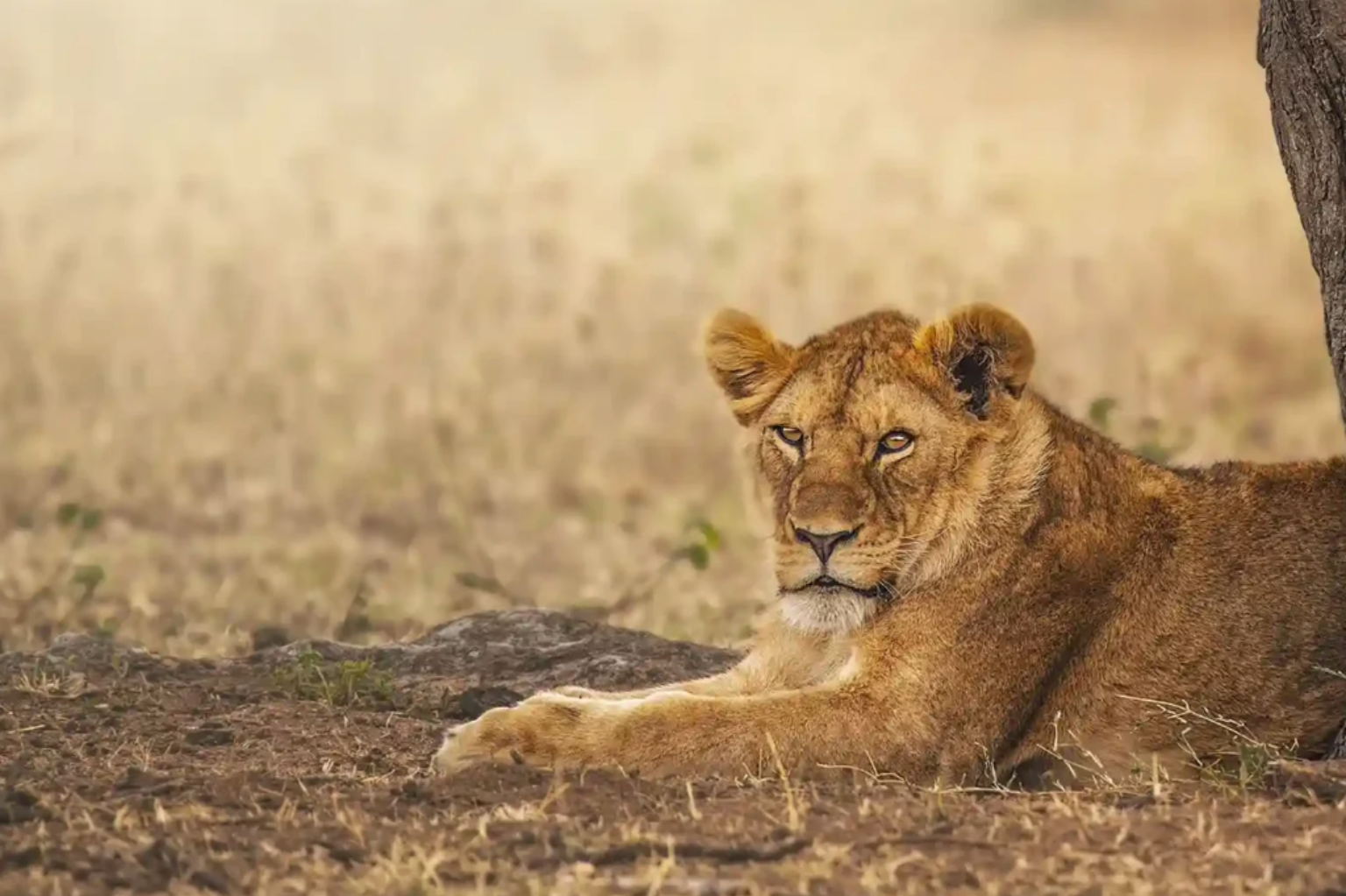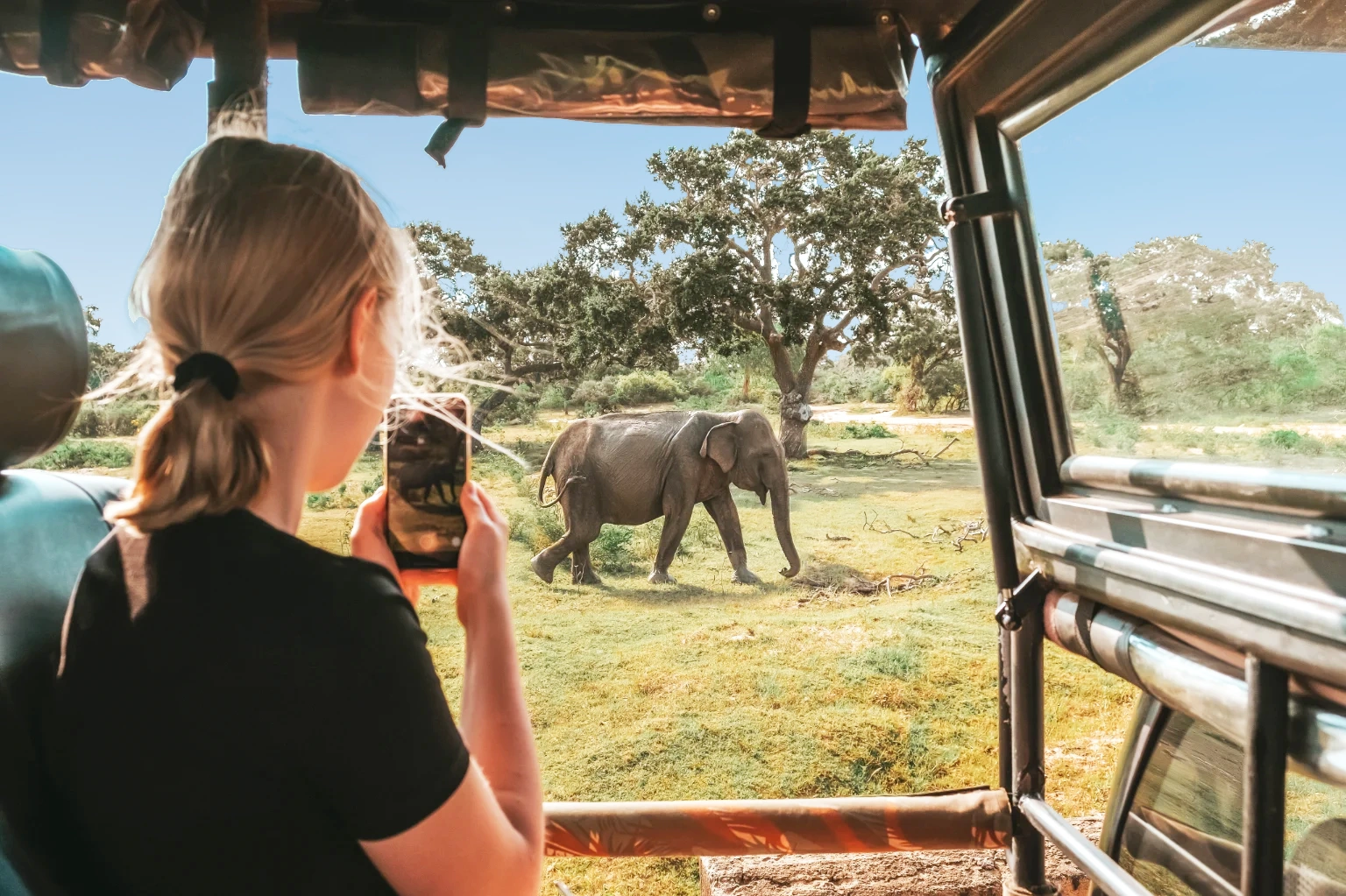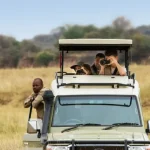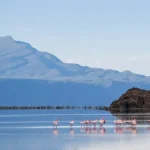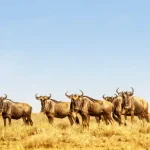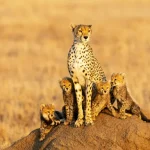4 Incredible Natural Spectacles to Witness at the Dream Safari Destination- Serengeti
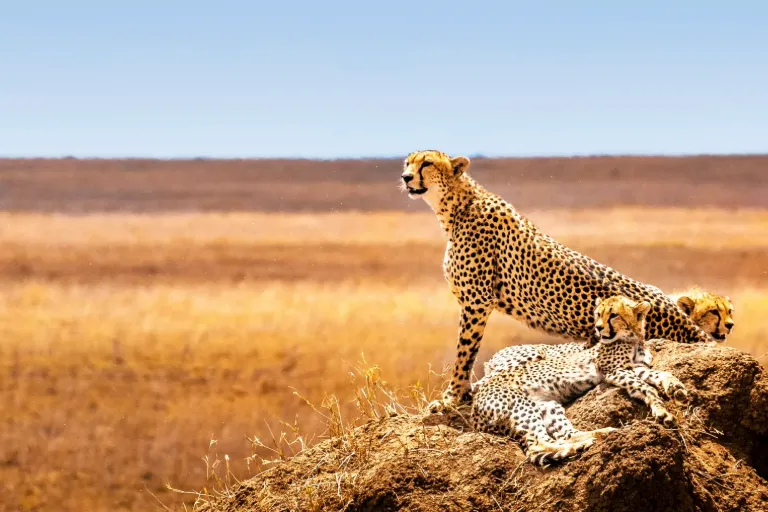
Serengeti National Park is one of Tanzania’s most iconic safari destinations, celebrated for its vast landscapes and rich wildlife. It draws nature lovers, photographers, and adventurers eager to explore Africa’s untamed beauty.
A Tanzania Safari Tour through the Serengeti offers front-row views of the Great Migration, thrilling sightings of the Big Five, and remarkable moments in the wild.
Planning a journey here means stepping into a world of powerful wildlife encounters and natural spectacles that truly define the essence of an African safari.
Serengeti National Park Bustles with Nature and Wildlife
Tanzania’s Serengetiis the largest wildlife conservation area.
The dream safari destination’s ecosystem covers 30,000 sq km. It bustles with diverse flora and fauna.
Serengeti is a famous safari destination in the northern circuit of Tanzania. Do you want to witness nature and wildlife heaven on earth? Consider planning a Serengeti Safari!
- The UNESCO World Heritage site, Serengeti,hosts an expansive land-animal migration.
- The iconic Tanzania National Park has diverse ecology and culture.
- The Serengeti National Park bustles with flocks of grazing herbivores and prowling predators.
Visiting the Tanzania National Park helps witness incredible wildlife and natural spectacle.
Millions visit the Tanzania National Park-Serengeti each year! They aim to see beautiful wildlife and explore the wilderness of Serengeti.
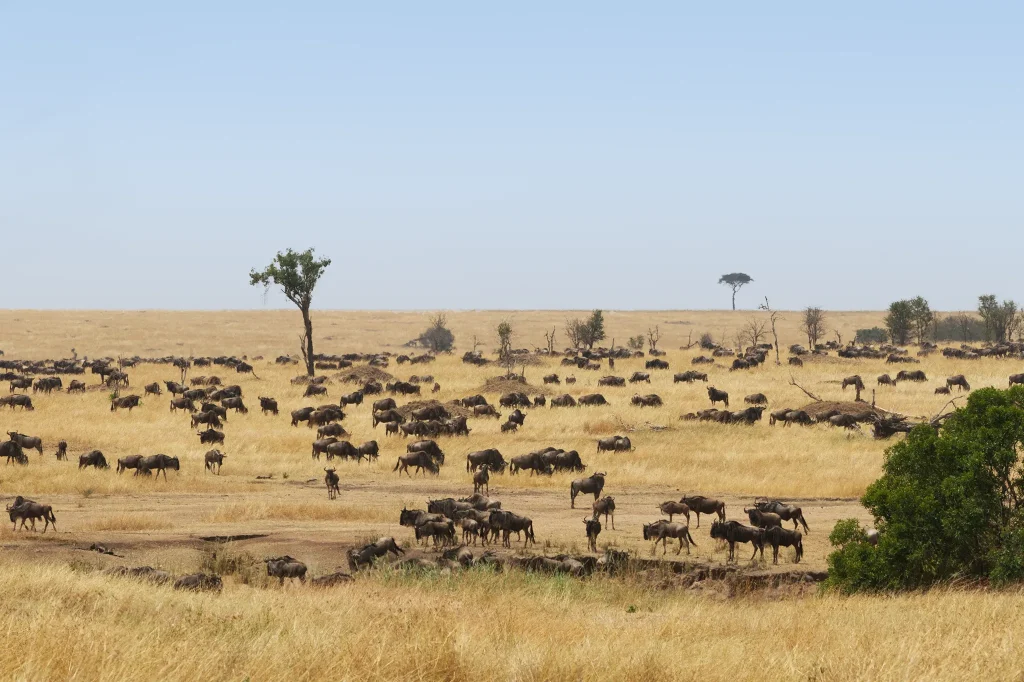
Top Incredible and Iconic Spectacles to Experience on a Serengeti Safari!
1. Nature’s Greatest Show on Earth- Serengeti Wildebeest Migration
The Serengeti National Park hosts the Great Migration across the vast plains. The Great Migration is the world’s greatest spectacle. Millions of wildebeest and zebra migrate in search of fresh grazing grounds.
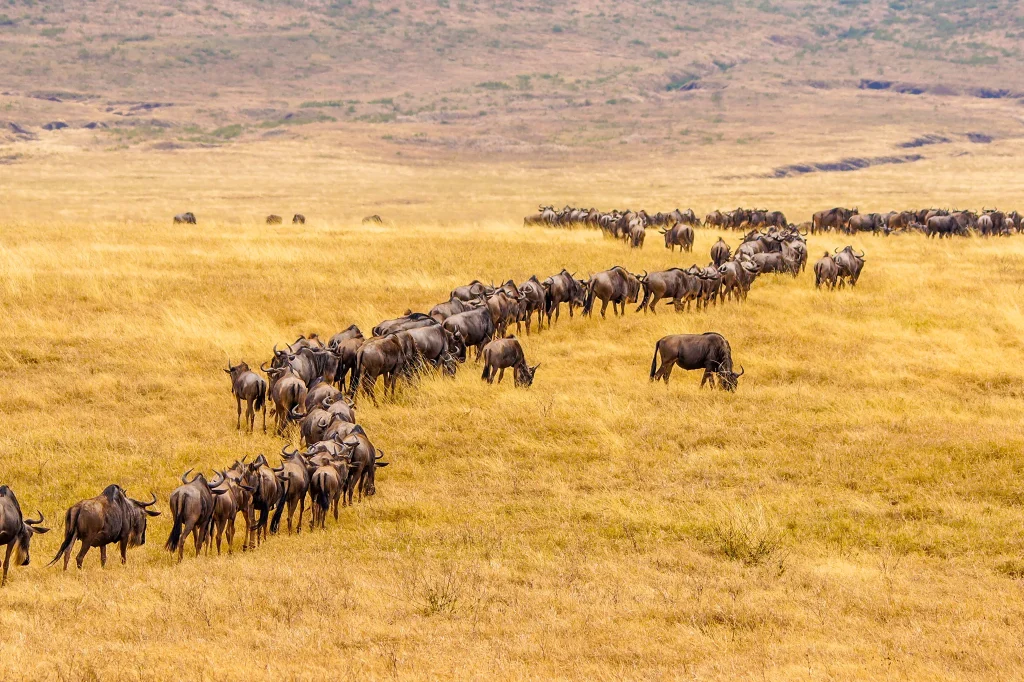
- See a natural spectacle of the millions of wildebeests and zebras roaming across the vast Serengeti plains.
- The dramatic spectacle in the Serengeti is the great migration of the river crossings. The Grumeti River and Mara River crossings are vital for the Serengeti Migration.
- The best time to see the Great Migration in the Serengeti National Park is from June to August.
- During the migration, many wildebeests and zebras die! The deaths are due to predation, drought, struggle, and starvation.
- The number of deaths during the migration feeds the rest food chain. It supports the ecosystem.
Serengeti National Park and Masai Mara National Reserve host the Migration event. The event is the biggest terrestrial mammal migration. You cannot skip the Serengeti Migration on your safari trip.
2. The Iconic Rock Formation- Kopjes
The Serengeti National Park is home to natural rock formations- kopjes. The rock formations are due to exposed granite.
The Kopjes arise from the grassy plains and are the best spot for spotting lions.
- Kopjes may have inspired the Pride Rock in The Lion King Movie (1994).
- The Simba Kopjes are the tallest in the Serengeti plains. The kopjes got their name after the lead character in the Lion King Movie.
- Kopjes are vantage points for many predators.
- Kopjes are a habitat for many creatures.
- The kopjes are the best spots to look for the big cats.
- The Moru Kopjes in Serengeti are the most visited spots.
The majestic rock formation stands tall around the vast savannah plains of Serengeti. It provides a scenic contrast to the surrounding grasslands. Visit the kopjes with a Serengeti Safari guide to stay safe and get more information.
3. Home of the Maasai Tribe- A Natural Spectacle to See Human Living with Animals!
The Serengeti National Park is an ancestral home to the Maasai tribe. The tribe people live in harmony with nature and wildlife.
Visitors to the Serengeti National Park can visit a Maasai village. It helps you meet the tribes people.
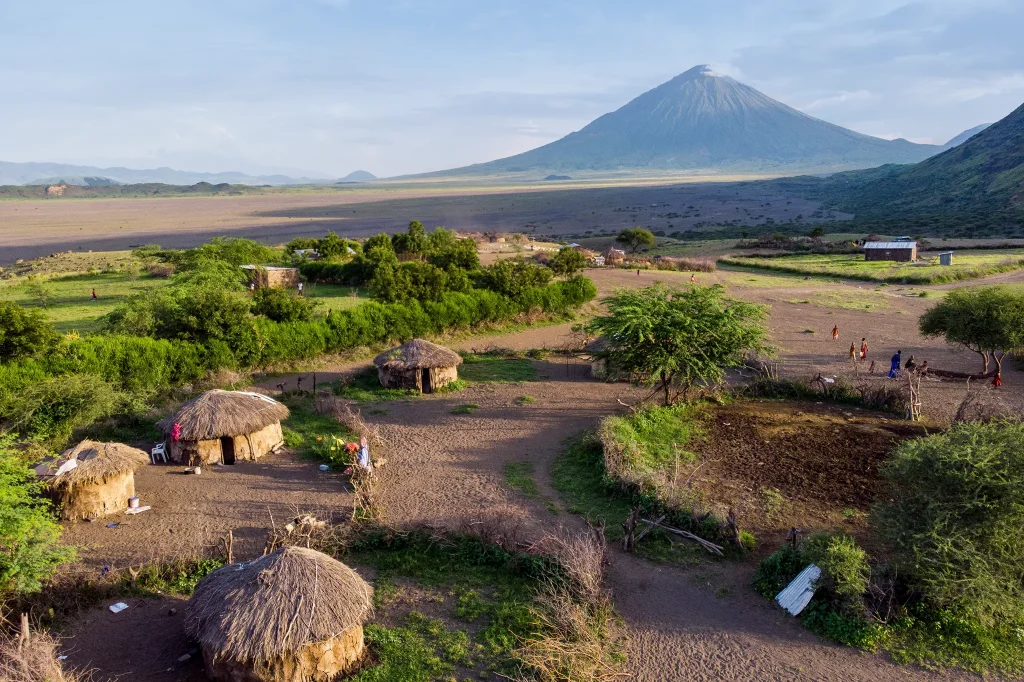
- Visiting the Maasai tribes is an authentic Serengeti Safari experience.
- Meeting the Maasai People helps you understand the land and culture of Tanzania.
- The Maasai tribes are fearless.
- The Maasai tribe shakes hands to greet each other with gratitude and reverence.
- The Maasai people are respectful toward the environment and nature.
Meet the hospitable Maasai people on your Serengeti Safari! It helps you learn many things. The most adorable about the tribe is their respect for nature, wildlife, and culture.
4. Well-Preserved and Protected Wildlife
The Serengeti National Park is the cradle of nature! It is the place where life remains conserved. Today, illegal hunting and poaching are down to almost zero! The food chain in the Serengeti is ideal for herbivores and carnivores. Everyone in the Tanzania National Park gets a surplus amount of food intake.
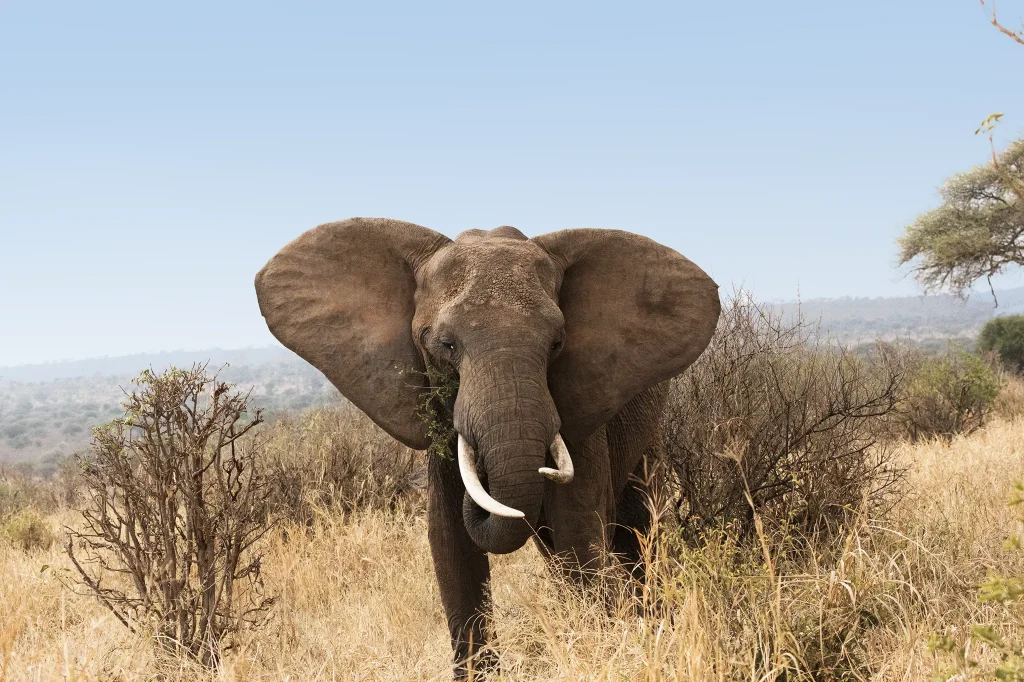
- Serengeti Park has around 3,000 lions.
- African elephants are native to the Serengeti National Park. The Serengeti Park has a healthy elephant population across the entire ecosystem.
- Endangered wildlife species, like the black rhino, are well-protected and thriving in the Serengeti.
- Normal grazers like wildebeests, zebras, elands, and antelopes roam around the park.
- Serengeti Park accommodates some endemic wildlife species as well.
The entire fauna ecosystem found in the Serengeti National Park Safari is parred excellence.
What can be more exciting than experiencing the wildlife and nature spectacles in the Serengeti National Park? Plan with the Tanzania Safari experts for an authentic Serengeti experience! The safari experts can plan for you the best! You can get a Serengeti Safari tour itinerary that suits your budget and preferences.
Explore the Picturesque Ecosystem and Golden Wildlife Spots!
The Serengeti National Park is a popular tourist destination for all the good reasons. The Tanzania National Park boasts stunning wildlife, vast open plains, and a rich cultural heritage.
It sets the perfect platform for an authentic experience of the beauty of nature.
A Serengeti Safari provides a thrilling experience! You can see nature and plenty of wildlife in the Serengeti. Consider spending two to four days in the Serengeti!
It helps you explore wildlife sightings, like the Big Five or Serengeti Migration.
